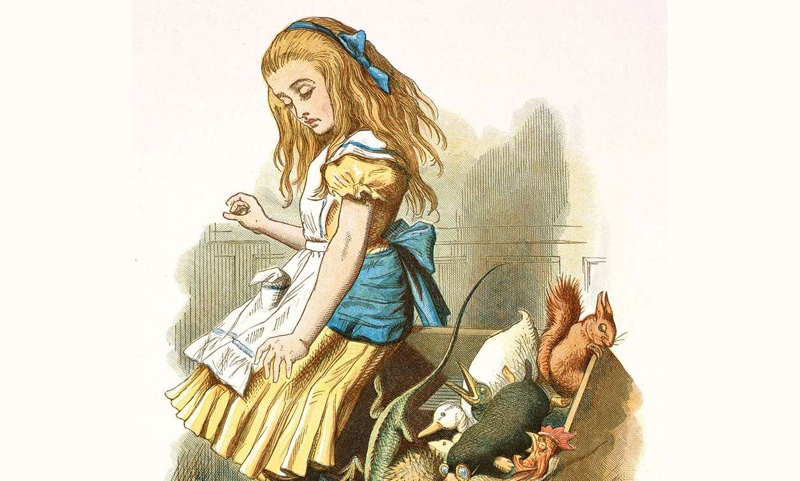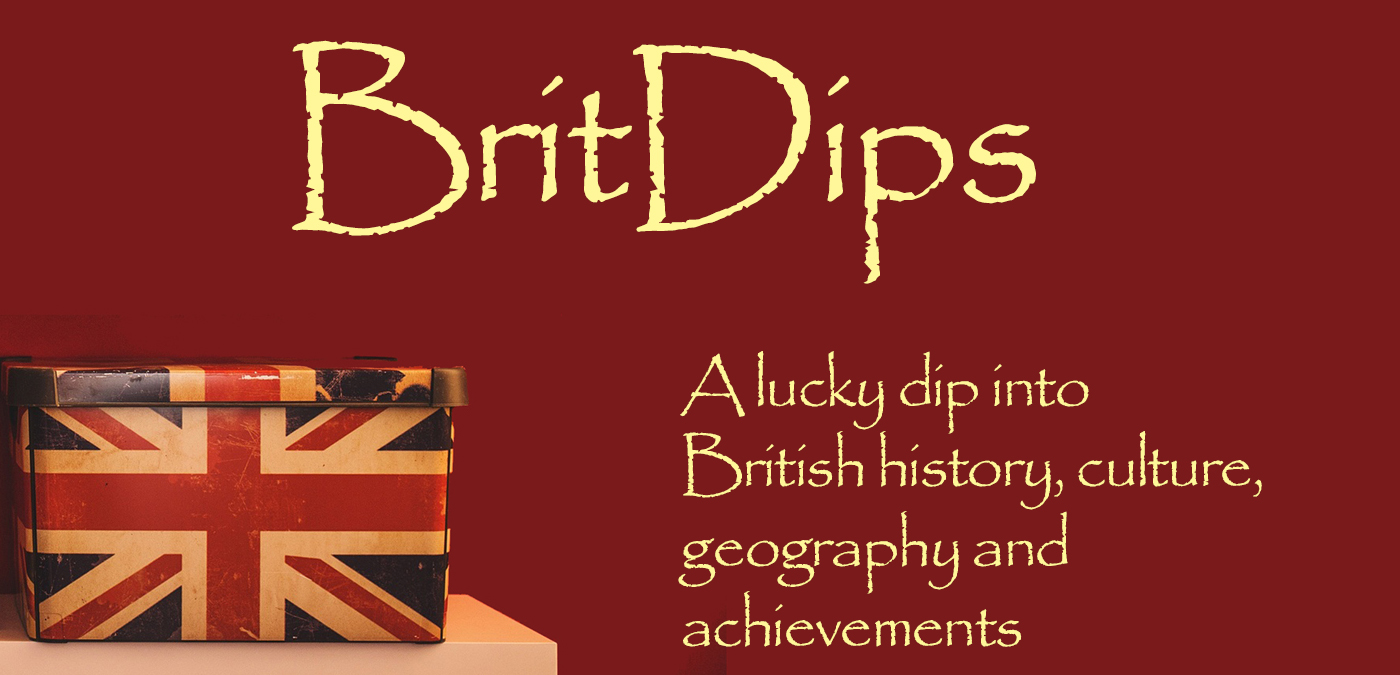
‘Alice’s Adventures in Wonderland’
Being the first English-language novel written specially for children, ‘Alice’s Adventures in Wonderland’ (1865) has afforded researchers plenty of time for detailed analysis. Alongside this, its success has also allowed it to become embedded in the culture and language, giving us phrases such as “going down the rabbit-hole”, “grinning like a Cheshire cat” and “curiouser and curiouser”.
It was written by Cheshire-born Charles Lutwidge Dodgson (1832-98) under the pseudonym ‘Lewis Carroll’ after a river outing in Oxford with friends including young Alice Liddell (1852-1934), whom he entertained with his story-telling. Alice demanded that he write this one down and indeed it is dedicated to her. It tells of Alice’s dream whereby she encounters various strange animals that live far below a hole in the ground. The first version was actually titled ‘Alice’s Adventures Under Ground’ (1864), the manuscript of which Alice gainfully sold as an elderly widow.
There is a sequel, ‘Through the Looking-Glass and What Alice Found There’ (1871), and an abridged edition for infants up to age five, called ‘The Nursery Alice’ (1890), so four books in all. They contain Victorian-era jokes, puns and riddles and despite critics searching in vain for hidden meanings, these books still stand as an artistic and literary landmark.
(Image: illustration by John Tenniel at itoldya420.getarchive.net / Public domain)
